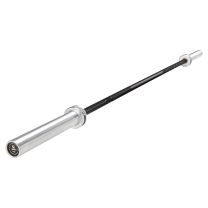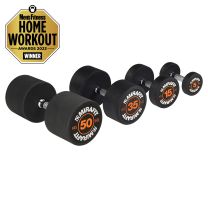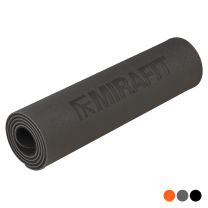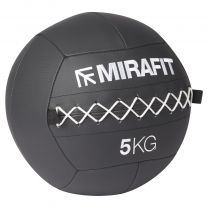Strength Training for Beginners
Strength Training for Beginners

Which box do you fit into? I generally find people classify themselves according to a single discipline. You are either a runner, a Pilates enthusiast or something along those lines. Rarely do I hear that an individual combines fitness activities such as running and strength.
I get it, training time is precious enough and now I am suggesting that you add another activity in? However, the benefits of strength training on your activity can have a profound impact on both your training and lifestyle.
Why Should You Strength Train?
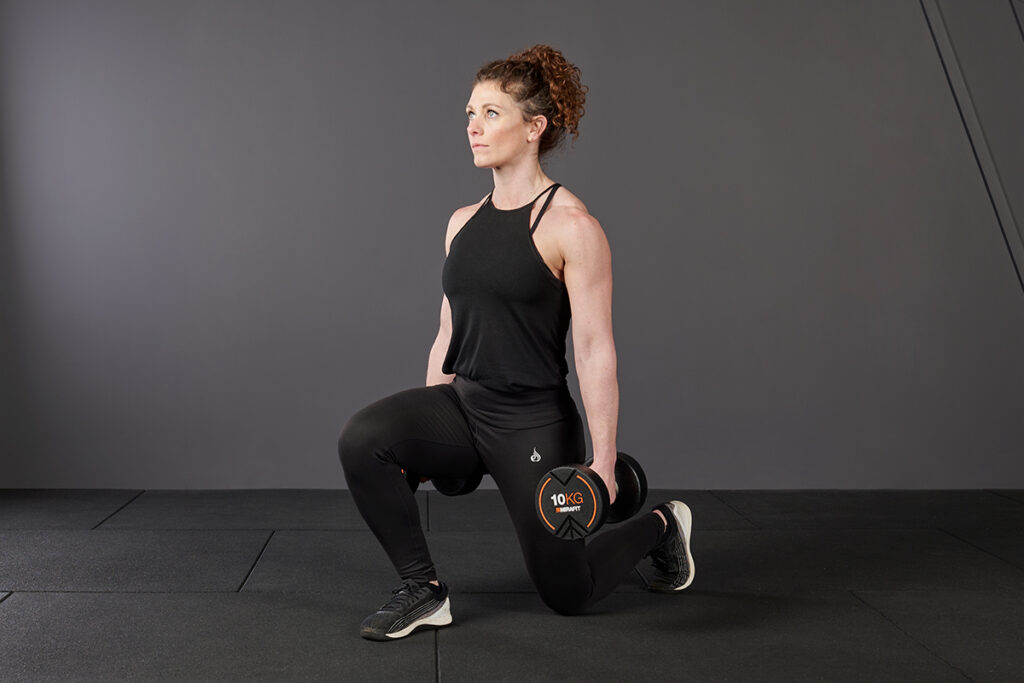
The point of training is to improve yourself. The more effort you put in the greater your improvement. If we look at a sport such as running, as you train you will experience benefits such as an increase in red blood cells and improved metabolic functioning leading to an improved performance.
Strength training won’t directly impact those benefits but what it will do is provide greater muscle activation which improves stride length and running efficiency. Basically, you will be able to run at the same pace with far less effort. The benefits of strength can be found in every activity, whether you need to increase your power, become more efficient in your endurance or require better balance and coordination. Let’s look at some of the ways that strength can help improve your activity and lifestyle.
Increased Muscle Mass and Strength
The most obvious benefit would be increased strength gains. Strength is the foundation of so many different activities. Increased strength will also improve your movement mechanics and increase your power. Muscle mass also starts decreasing as you age and strength training help slow this ageing effect
Stronger Tendons
Stronger tendons are less likely to result in injury and prolonged recovery periods. Strength training places a load on the tendon which then adapts to get stronger and safeguards you against injuries.
Increased Metabolism and Weight Loss
Strength training results in more muscle fibres. More muscle fibres require more energy to stay active, therefore creating a metabolic deficit and improving weight-loss.
The afterburn effect of strength training also remains high, burning more calories, making strength training an ideal activity to include in your routine to help with your body weight management.
Increased Range of Motion
Strength is not often associated with increased flexibility. However, by performing a full range of motion exercise such as goblet squat, which allows you to go deep into your squat, you are able to increase joint flexibility. This is especially important for sports using repetitive motions resulting in a shortening of muscle fibres.
Bone Strength
Our skeletal system provides the support and leverage for our muscles to pull on to create movement. The stronger a muscle gets the greater the force that is transmitted to the bones. The bones in turn get stronger to be able to handle the increased force and prevent conditions such as osteoporosis.
Balance and Coordination
Muscle imbalance is always a consideration when it comes to injury and sports performance, but this is also important later in life. Better balance reduces the risk of falls which can result in severe injury, particularly the older we get. Strength training also requires a high neural input.
The more the muscles are activated by a neural impulse the more efficient the nervous system becomes, and our movement and coordination improves.
How to Incorporate Strength Workouts Into Your Training

As you can see strength has important benefits and should be included in everyone's training routine. If strength is not your primary activity, you should still be looking at getting two full body training sessions in a week. Make sure you select an exercise from each of the movement patterns listed below to ensure you get a full body workout.
• Knee Dominant Exercises - squats or lunges
• Hip Dominant Exercises - deadlifts or good mornings
• Vertical Push - shoulder press or upright rows
• Vertical Pull - lateral pull downs or pull ups
• Horizontal Push - bench press or push ups
• Horizontal Rows - Bent over row or cable rows
• Rotational Exercises - Russian twists or cable rotations
• Core Exercises - Hip thrusts or crunches
If two sessions a week is not possible then consider split routines. You can then do a very short strength session after your usual activity by selecting just four of the exercises from the list and then do the remaining four exercises after your next training session. Doing it this way should only add on an additional 10 - 15 minutes to your training time but still give you all the benefits of strength training.
If you are new to training, start by selecting lighter weights and perform higher reps. This allows the tendons to get stronger and reduces risk of injury. As you adapt you can increase the load. Bars are particularly useful earlier in your training as it is easier to control your movement.
Once you are more comfortable with the movement of each exercise you can start including more Dumbbells or Kettlebells exercises. Can 5kg dumbbells build muscle? Yes!
You should also select more multi jointed exercises. By doing this you can train more muscles in a single exercise and save time in the gym
Even if you classify yourself by a single activity, you should still make adding strength training into your routine a priority, whether you are looking to make a breakthrough in your training or just help prevent injuries. The benefits of strength will also improve your lifestyle by increasing mobility, balance and help slow down the effects of ageing. Strength training can be added into the end of your current training so you don’t need to find extra time in the week. And as always start slowly with lighter weights to allow the body to adapt, you will be less motivated to train if you are always stiff and sore.
Written by guest author Brendan McBirnie.
For more content, follow us on Instagram, YouTube, TikTok, and on our official Mirafit Facebook page.
Enter your email to signup to our newsletter

